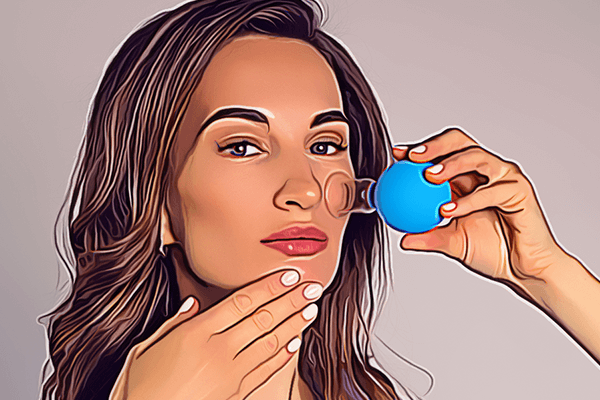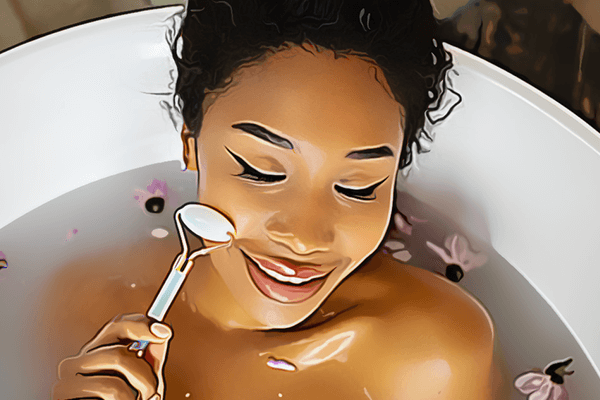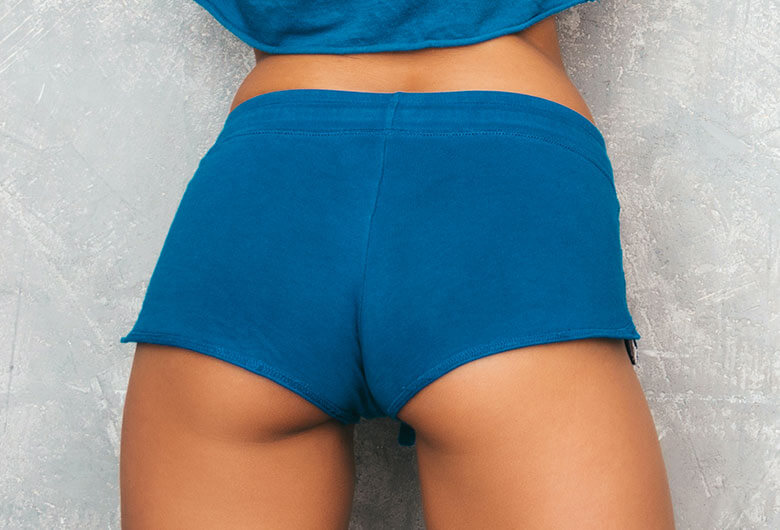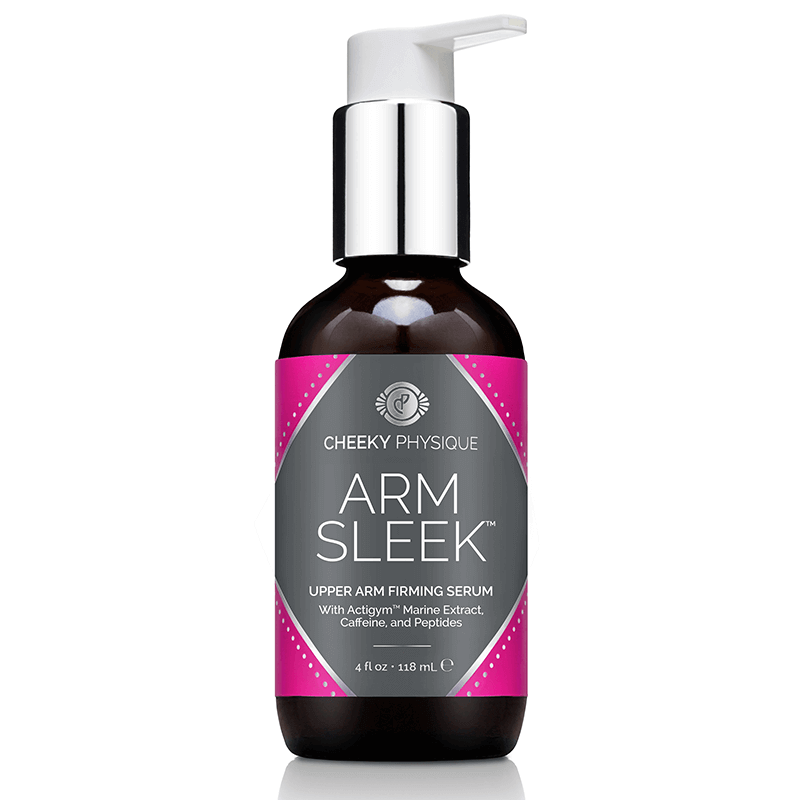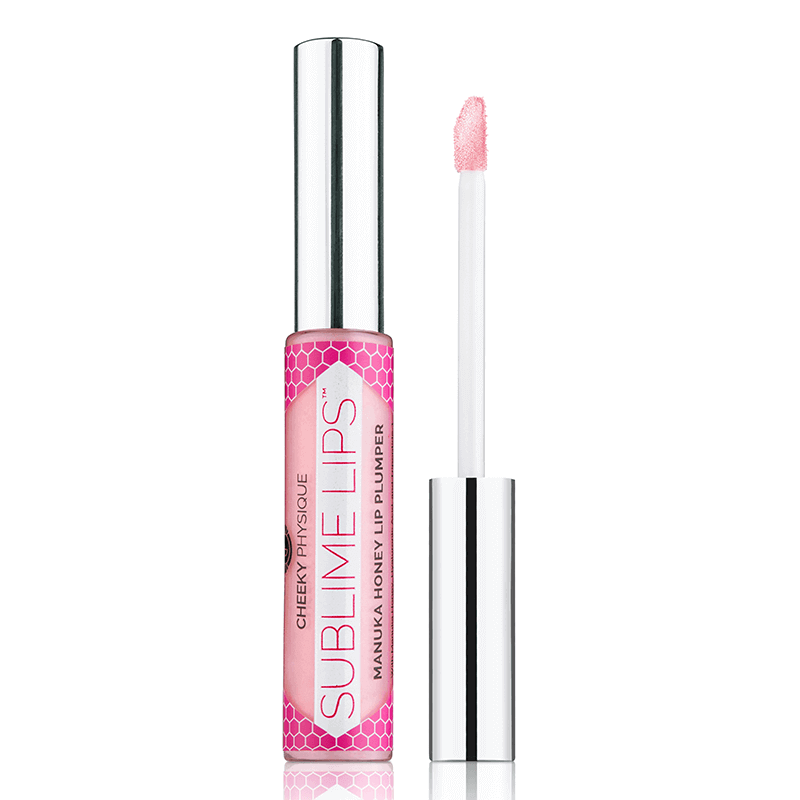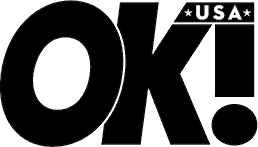This post looks at the best facial tools available to amplify your skincare routine and the pros and cons of investing in cupping vs gua sha vs jade roller.
If you want to take your routine to the next level and get the most out of your skincare products, you’ll want to invest in some effective facial tools.
With so many tools to choose from, which ones should you select? The three most popular facial tools on the market are: face rollers, gua sha, and facial cups.
What’s the difference and which is best? Well, all of these tools are known to encourage cell rejuvenation, boost circulation, and reduce puffiness.
In a nutshell, rollers are a quick and easy way to perk up skin, while gua sha and cupping offer a more effective contouring treatment.
Let’s take a closer look at facial cupping vs gua sha vs jade roller and see which of these 3 tools are best for your skincare routine.
Facial Cupping
Cupping is an age-old technique that uses cups to create suction on the skin, and facial cupping is merely an adaptation of traditional body cupping techniques. It’s used to stimulate circulation, reduce puffiness, and sculpt the deeper tissues of the face for a healthy, lifted glow.
Facial cups are generally made of glass or silicone that’s been specifically designed for delicate facial skin. Most facial cupping sets come with various-sized cups. The smallest cup is used around the eyes and lips, while the larger cups are for the face and neck.
It’s important that you use a facial oil to allow the cups to glide easily along the skin. The cups are then applied to the skin and then moved across the face following the natural lymphatic pathways of the face and neck.
When looking for the best deep tissue treatment between facial cupping vs gua sha vs jade roller, cupping comes out on top.
Note: Because this is a deeper treatment, you should perform facial cupping no more than 3 times per week.
Facial Cupping Pros
- The best for contouring the face – the suction effect of cupping works very deeply, making this the most effective technique for boosting circulation and sculpting and lifting facial contours.
- It’s especially good for puffy under eyes – cupping tools designed for the eye area are very effective at moving fluid retention away from the eye area.
- It can be used to plump your lips – cupping offers a targeted treatment that can be used to plump lip lines around the lips and even plump the lips themselves.
Facial Cupping Cons
- It’s more of a learning curve – like gua sha, following proper facial cupping technique is important for optimal results.
- It can cause bruising if not used correctly – facial cupping should NOT leave bruises. However, bruising can occur if the cup is left in the same place for too long.
- They’re prone to breakage – Glass cups, in particular, are very delicate, which is why we prefer unbreakable silicone for our facial cups.
Gua Sha
Gua sha is an ancient Chinese technique that involves using a flat tool to stimulate the skin and underlying tissue. While many gua sha tools are made of stone like jade or rose quartz, they come in a variety of materials including stainless steel and wood.
Like a facial roller, the gua sha is a handy tool to boost circulation and de-puff the face. However, there are some key differences.
When comparing gua sha vs jade roller, one of the main differences is that gua sha offers a deeper and ultimately more effective treatment. At the same time, it’s still gentle enough to be done daily.
To use the gua sha, oil is applied to the face and the gua sha is then moved over the skin in upward and outward strokes. Like facial rollers, the gua sha has different sides that can be used on different parts of the face.
Gua Sha Pros
- It releases tension in the face – gua sha is very effective at relieving muscle tension in the face and neck.
- You can get a better lift – because gua sha goes deeper than a facial roller, it’s more effective for sculpting and contouring the face.
- It covers a larger surface area – this makes it easier and faster for you to treat larger areas like the cheeks or neck.
- It’s more versatile – different sides of the gua sha can be used to work different areas of the face.
- It’s easy to clean – since the gua sha is a flat tool, it’s very easy to clean.
Gua Sha Cons
- You’ll need to study up – you’ll definitely need to learn how to use the proper gua sha technique to achieve the best results.
- They’re prone to breakage – gua sha tools made of stone are delicate and prone to breakage if you drop them.
Jade Roller
Jade rollers are a very popular facial tool, and for good reason! While jade is the most common stone used for facial rollers, they can also come in other materials such as rose quartz. There are also ice rollers that are designed to be chilled before using.
Face rollers are generally a soothing treatment that can quickly drain puffiness and stimulate blood flow. Face rolling is a great way to wake up the skin in the morning, and is gentle enough for everyday use.
Most rollers have a large side and a small side for optimal use. The larger side is used on the face and neck, while the smaller side is used on the more hard-to-reach areas such as around the eyes.
When using facial rollers, you should move in upwards and outwards strokes, avoiding back and forth action – you’re not using a paint roller!
Jade Roller Pros
- It’s easy to do – you simply roll the tool over the face and neck.
- It’s quick and convenient – you don’t need to use oil or other products before use.
- It helps with product penetration – rollers help push the product deeper into the skin for better results.
- It stimulates circulation – facial rolling gently stimulates blood and lymph flow to reduce puffiness and give you a healthy glow.
- It feels good – facial rolling is a soothing and calming treatment.
Jade Roller Cons
- They’re hard to clean – the roller part can be a little tricky to clean.
- They’re more prone to breakage – since rollers have several moving parts, they’re more likely to break over time.
- You’ll see less impressive results – as rollers are generally a superficial treatment, their results are limited.
Our Verdict
So, in the battle of facial cupping vs gua sha vs jade roller, which is best?
At the end of the day, all 3 tools offer great benefits to your skin! It really comes down to your personal preferences and the skin goals you’re after. Ultimately, the best tool for you is the one that you will use consistently.
That said, we are biased towards gua sha and cupping since they offer the most bang for your buck! After all, who doesn’t want maximum results from their skincare routine.
Gua sha is perfect as part of your daily routine to help reduce puffiness and relax tense facial muscles. And when used three times a week, facial cupping is great for sculpting the face and boosting circulation in the deeper tissues of the face.


